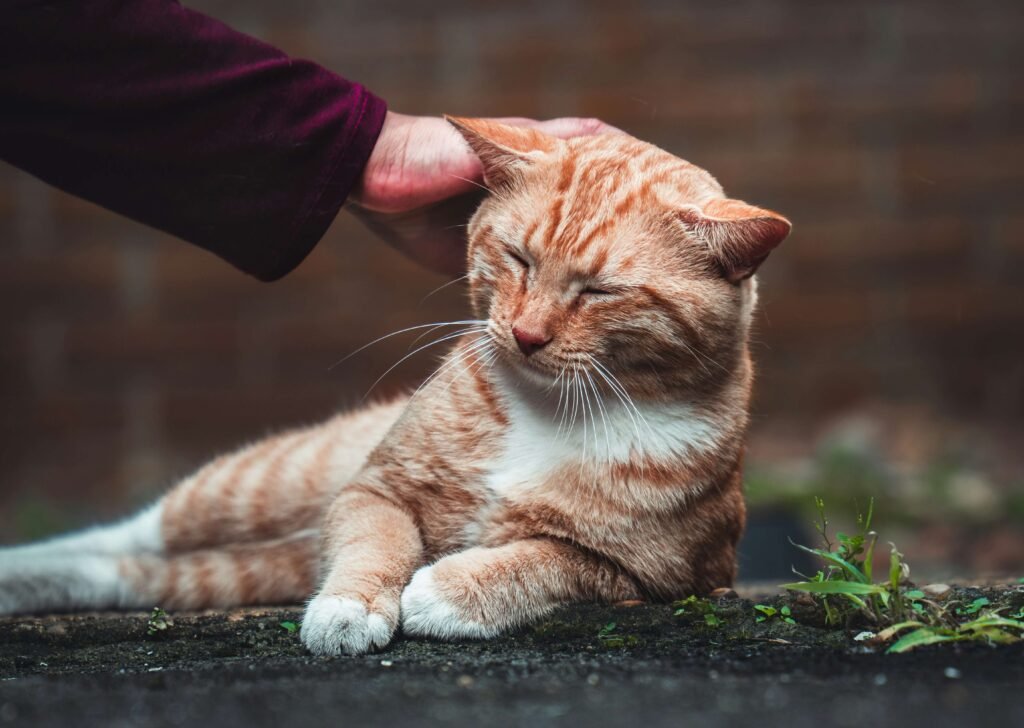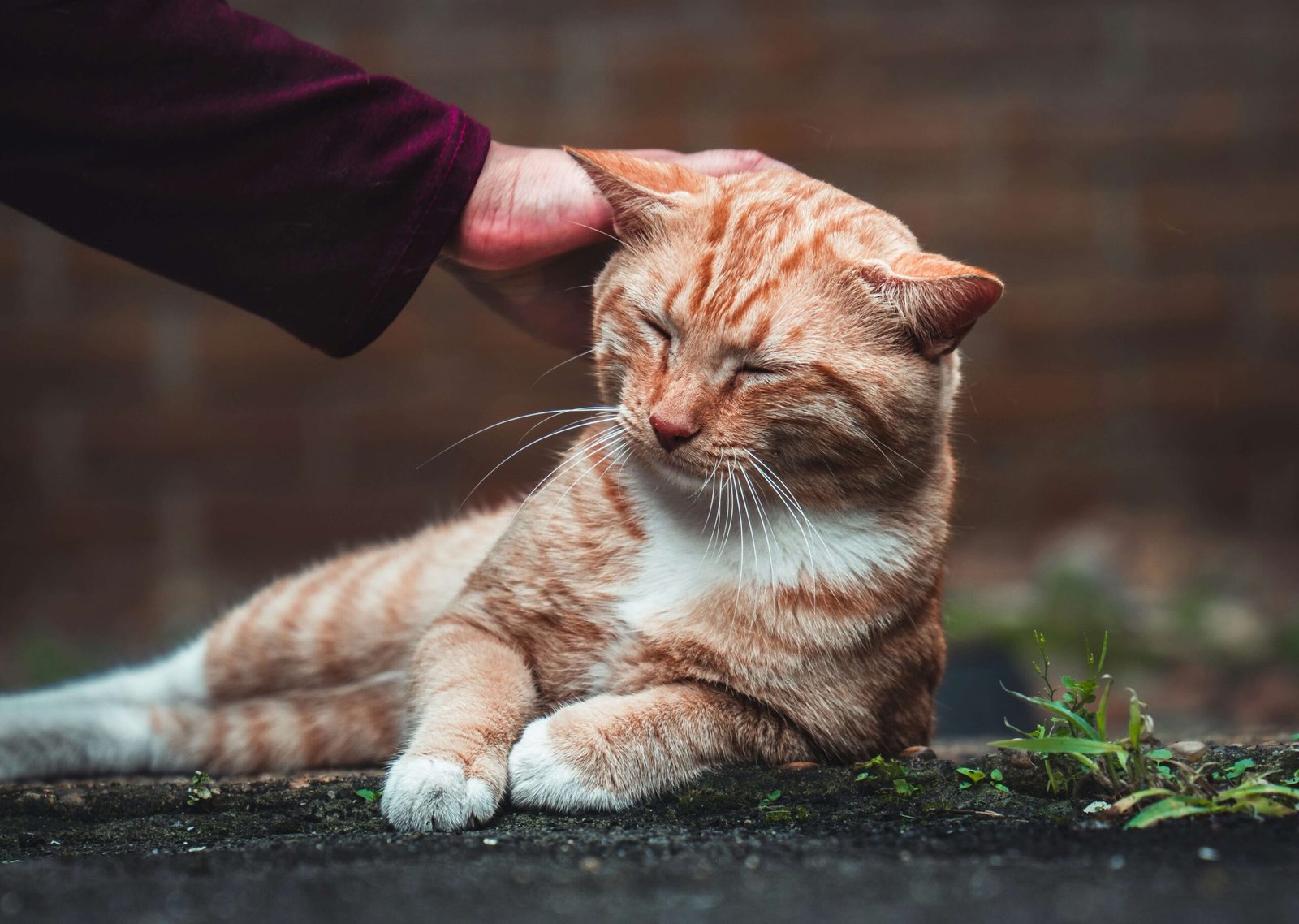How to Use Diatomaceous Earth for Fleas: A Natural Solution for Your Home
Fleas are a common nuisance for pet owners, causing discomfort for both animals and humans alike. While chemical treatments can be effective, many people are turning to natural alternatives like diatomaceous earth (DE) to tackle flea infestations. But what exactly is diatomaceous earth, and how does it work against fleas? In this blog post, we’ll explore the benefits of using DE as a safe and eco-friendly solution. From application tips to safety precautions, you’ll learn everything you need to know about harnessing the power of diatomaceous earth to keep your home flea-free.
What Is Diatomaceous Earth and How Does It Work?
Diatomaceous earth is a naturally occurring powder made from the fossilized remains of tiny aquatic organisms called diatoms. When used correctly, it can be an effective tool for eliminating fleas in your home. Here’s how it works and why it’s so effective:
Microscopic Sharp Edges :
The fine particles of DE have sharp edges that penetrate the exoskeleton of fleas, causing them to dehydrate and die.Non-Toxic to Humans and Pets :
Food-grade diatomaceous earth is safe for use around pets and humans, making it a family-friendly option.Long-Lasting Effects :
Once applied, DE remains effective as long as it stays dry, providing ongoing protection against fleas.Eco-Friendly Alternative :
Unlike chemical pesticides, DE is biodegradable and doesn’t harm the environment.Versatile Application :
DE can be used on carpets, furniture, pet bedding, and even directly on pets (when applied carefully).
Understanding how diatomaceous earth works is key to using it effectively. Always ensure you’re using food-grade DE, as other forms may not be safe for household use.
Step-by-Step Guide to Using Diatomaceous Earth for Fleas
Applying diatomaceous earth correctly is crucial to achieving the best results. Follow these steps to safely and effectively eliminate fleas from your home.
Choose the Right Type of DE :
Only use food-grade diatomaceous earth, as it’s safe for pets and humans. Avoid pool-grade DE, which is toxic.Prepare Your Space :
Vacuum carpets, rugs, and upholstery thoroughly to remove flea eggs and larvae before applying DE.Apply DE Liberally :
Sprinkle a thin, even layer of DE over affected areas, including carpets, pet bedding, and cracks in flooring.Let It Sit :
Allow the DE to remain undisturbed for at least 72 hours to ensure maximum effectiveness against fleas.Vacuum Again :
After the waiting period, vacuum up the DE along with dead fleas and dispose of the vacuum bag or contents immediately.
By following these steps, you can create a flea-free environment without resorting to harsh chemicals. Remember, consistency is key to success.
Check this guide 👉Flea Larvae on Cats: Best 7 Expert Tips!
Check this guide 👉How to Put Flea Medicine on a Cat: Best 7 Expert Tips!
Check this guide 👉Should I Bathe My Cat Before Flea Treatment? Best 7 Tips!

Benefits of Diatomaceous Earth | Precautions When Using Diatomaceous Earth |
|---|---|
Effective against fleas and other pests | Wear a mask to avoid inhaling DE dust |
Safe for pets and humans when food-grade | Keep DE away from eyes and nasal passages |
Eco-friendly and biodegradable | Avoid using near water sources to protect aquatic life |
Long-lasting protection | Reapply after cleaning or if areas get wet |
Cost-effective solution | Store DE in a dry, airtight container |
Where to Apply Diatomaceous Earth in Your Home
To fully eradicate fleas, it’s important to target all potential hiding spots. Here’s where you should focus your efforts when using diatomaceous earth.
Carpets and Rugs :
Fleas often hide in carpet fibers, making this a prime location for DE application.Pet Bedding and Blankets :
These areas are hotspots for flea activity, so sprinkle DE liberally and let it sit.Upholstered Furniture :
Couches and chairs can harbor fleas, especially if your pets frequently lounge on them.Cracks and Crevices :
Don’t forget to apply DE in hard-to-reach places like baseboards and floor cracks.Outdoor Spaces :
If your yard has a flea problem, lightly dust DE on dry areas where pets spend time.
Thoroughly treating all these areas will help ensure no fleas are left behind. Regular applications may be necessary for persistent infestations.
Common Mistakes to Avoid When Using Diatomaceous Earth
While diatomaceous earth is a powerful tool, improper use can reduce its effectiveness or pose risks. Here are some common mistakes to avoid:
Using Pool-Grade DE Instead of Food-Grade :
Pool-grade DE contains harmful additives and should never be used indoors or around pets.Overlooking Safety Gear :
Failing to wear a mask during application can lead to respiratory irritation from DE dust.Applying Too Thickly :
A heavy layer of DE won’t work better than a thin, even coating and might make cleanup harder.Not Allowing Enough Time :
Rushing the process by vacuuming too soon can prevent DE from fully eliminating fleas.Ignoring Reapplication Needs :
If areas become wet or cleaned frequently, DE loses its potency and needs reapplication.
Avoiding these pitfalls will help you maximize the benefits of diatomaceous earth while keeping your home safe.
Additional Benefits of Diatomaceous Earth Beyond Flea Control
While diatomaceous earth is widely praised for its flea-fighting abilities, it also offers a range of other benefits for your home and pets. Here’s how DE can go beyond flea control to improve your living environment.
Natural Deodorizer :
DE absorbs odors, making it an excellent option for freshening up pet bedding and carpets.Pest Control for Other Insects :
It effectively targets ants, bedbugs, and cockroaches, providing a multi-purpose pest solution.Moisture Absorption :
DE can help reduce dampness in areas prone to moisture buildup, such as basements or pet crates.Non-Toxic Cleaning Agent :
Use it to scrub surfaces like sinks or tiles without introducing harmful chemicals into your home.Garden Protection :
Sprinkle DE around plants to deter pests like aphids and slugs while keeping your garden eco-friendly.
By leveraging these additional uses, you can make the most of diatomaceous earth as a versatile household tool.
Safety Precautions When Using Diatomaceous Earth Around Pets
While food-grade diatomaceous earth is generally safe, taking precautions ensures your pets remain unharmed during application. Here are some key safety tips to keep in mind:
Avoid Inhalation Risks :
Use a mask when applying DE to prevent respiratory irritation from fine dust particles.Keep Pets Away During Application :
Allow DE to settle before letting pets back into treated areas to minimize exposure.Prevent Eye Contact :
Be cautious when applying DE near your pet’s face to avoid accidental eye irritation.Monitor for Allergic Reactions :
Watch for signs of skin irritation or discomfort after using DE on pet bedding or fur.Clean Up Thoroughly :
Vacuum all treated areas completely to remove residual DE once the treatment period is over.
Taking these precautions ensures that diatomaceous earth remains a safe and effective solution for your home and pets.
Signs Your Home Might Have a Flea Problem
Recognizing the early signs of a flea infestation can help you act quickly and prevent the problem from worsening. Here are some indicators that fleas may be lurking in your home:
Excessive Pet Scratching :
If your dog or cat is scratching more than usual, it could be a sign of fleas.Visible Flea Dirt :
Small black specks on your pet’s fur or bedding are flea droppings, often mistaken for dirt.Red Bites on Human Skin :
Flea bites on your ankles or lower legs indicate their presence in your living space.Unusual Pet Behavior :
Restlessness, hair loss, or excessive grooming can signal flea-related discomfort.Frequent Flea Sightings :
Spotting adult fleas jumping on furniture or pets confirms an active infestation.
If you notice any of these signs, it’s time to take action. Using diatomaceous earth as part of your flea control strategy can help you address the issue naturally and effectively.
Frequently Asked Questions About Using Diatomaceous Earth for Fleas
Is diatomaceous earth safe for cats and dogs?
Yes, food-grade diatomaceous earth is safe for pets, but avoid letting them inhale the dust or ingest large amounts.
How long does diatomaceous earth take to kill fleas?
DE typically takes 12-72 hours to dehydrate and kill fleas, depending on exposure levels.
Can I use diatomaceous earth outside?
Yes, you can apply it to dry outdoor areas, but it becomes ineffective when wet.
Does diatomaceous earth expire?
No, DE does not expire as long as it’s stored in a dry, airtight container.
Can I mix diatomaceous earth with water?
Mixing DE with water renders it ineffective against fleas since it needs to remain dry to work.
Final Thoughts: Embrace a Natural Approach to Flea Control
Diatomaceous earth offers a safe, natural, and highly effective way to combat flea infestations in your home. By understanding how it works and following proper application techniques, you can protect your pets and family from these pesky parasites without relying on harsh chemicals. Remember to always use food-grade DE, prioritize safety during application, and address all potential flea hotspots. With patience and consistency, diatomaceous earth can help you reclaim your home and enjoy a flea-free lifestyle. So why wait? Start your journey toward a healthier, happier living space today!
Canned Pumpkin for Cat Diarrhea: Best 7 Expert Tips! Natural remedy to firm stools, soothe upset bellies, and support gut health safely.
Can a Cat Give You Scabies? Best 7 Expert Tips! Discover the truth about feline mites, human skin risks, and how to protect yourself—without panic.
Cat Flea vs Human Flea: Best 7 Expert Tips! Discover the truth about bites, species, and how to eliminate infestations for good.
Weird Cat Behaviors: Best 7 Expert Tips! Discover why cats do strange things—and how to understand, not punish, their instincts for a happier home.





